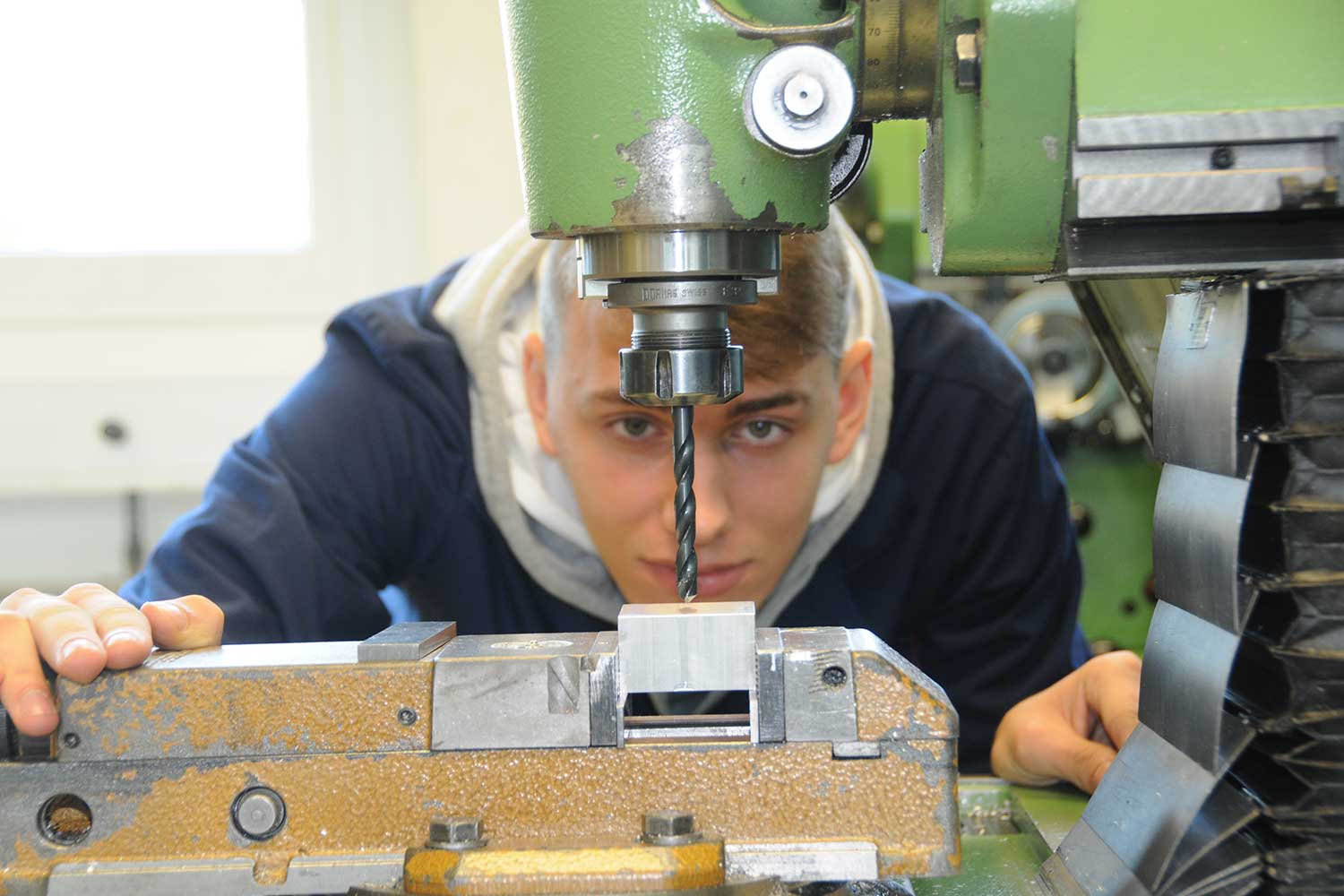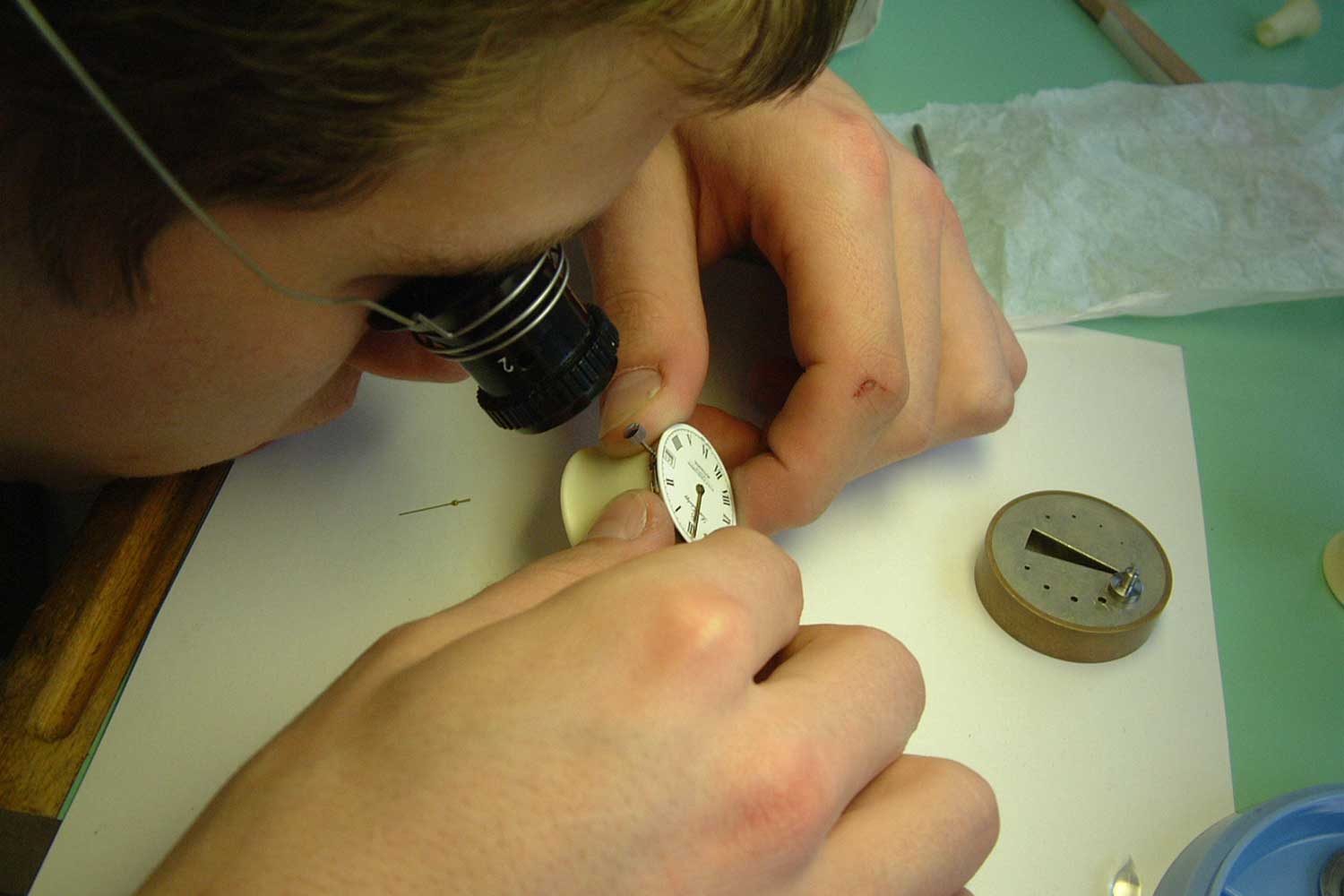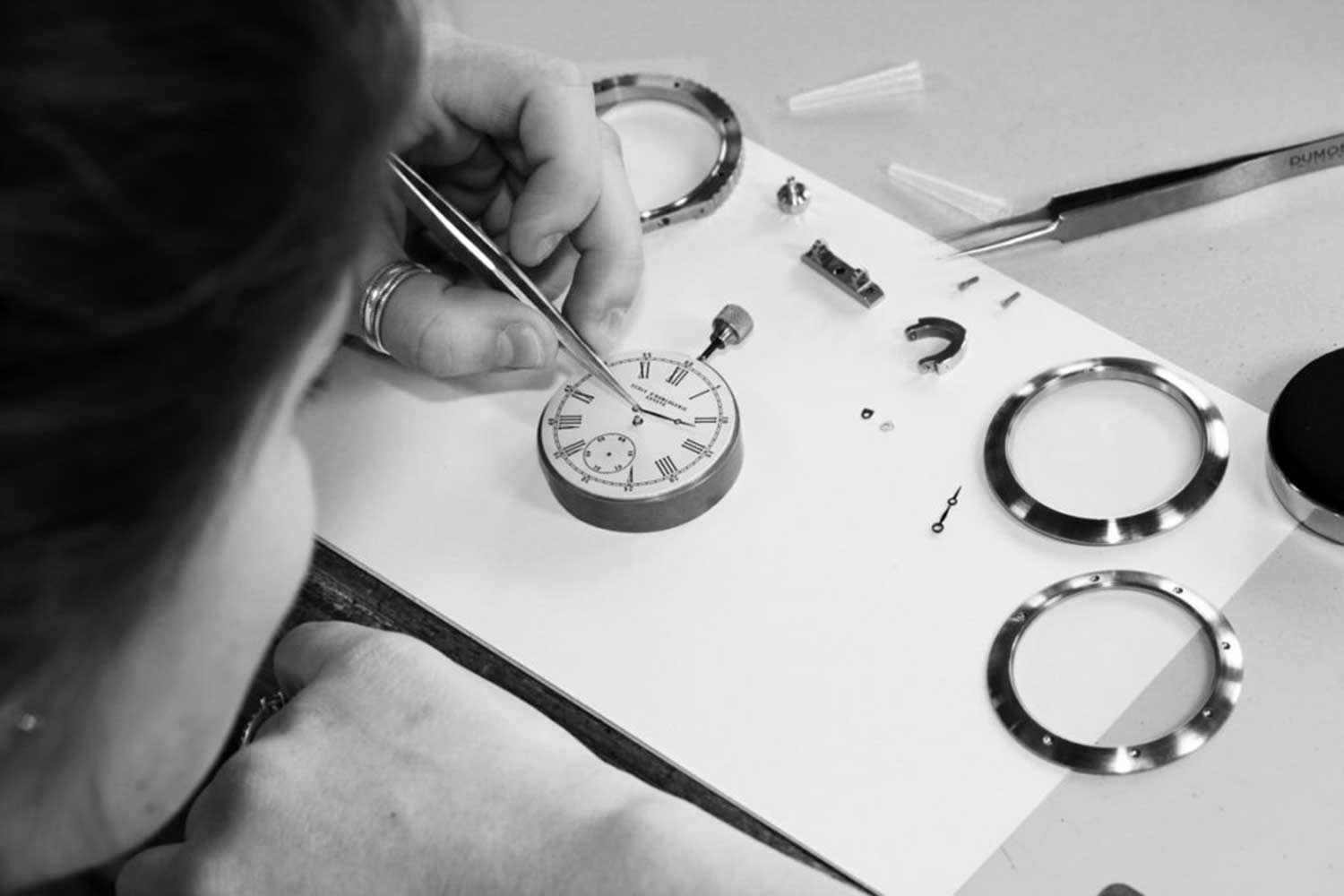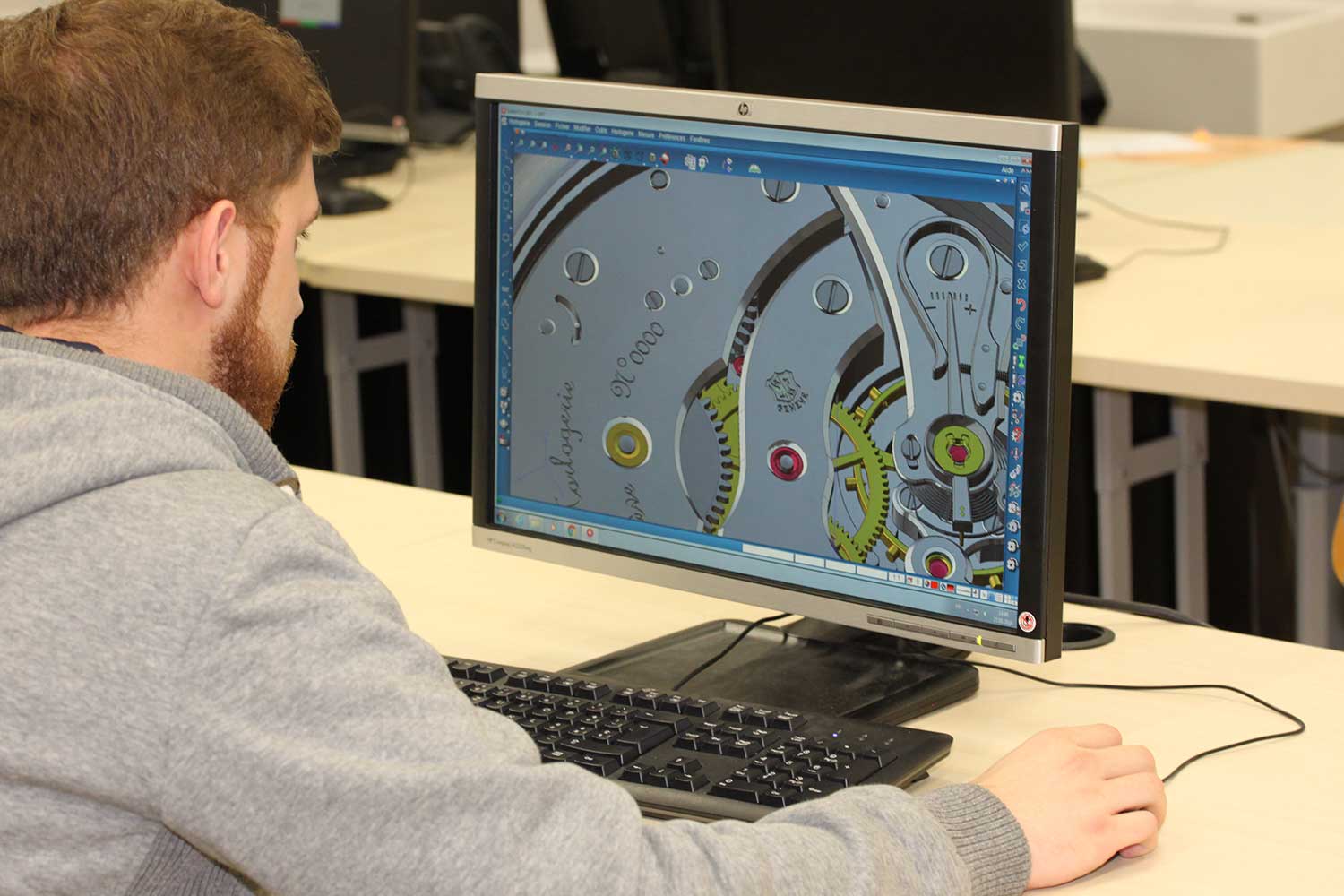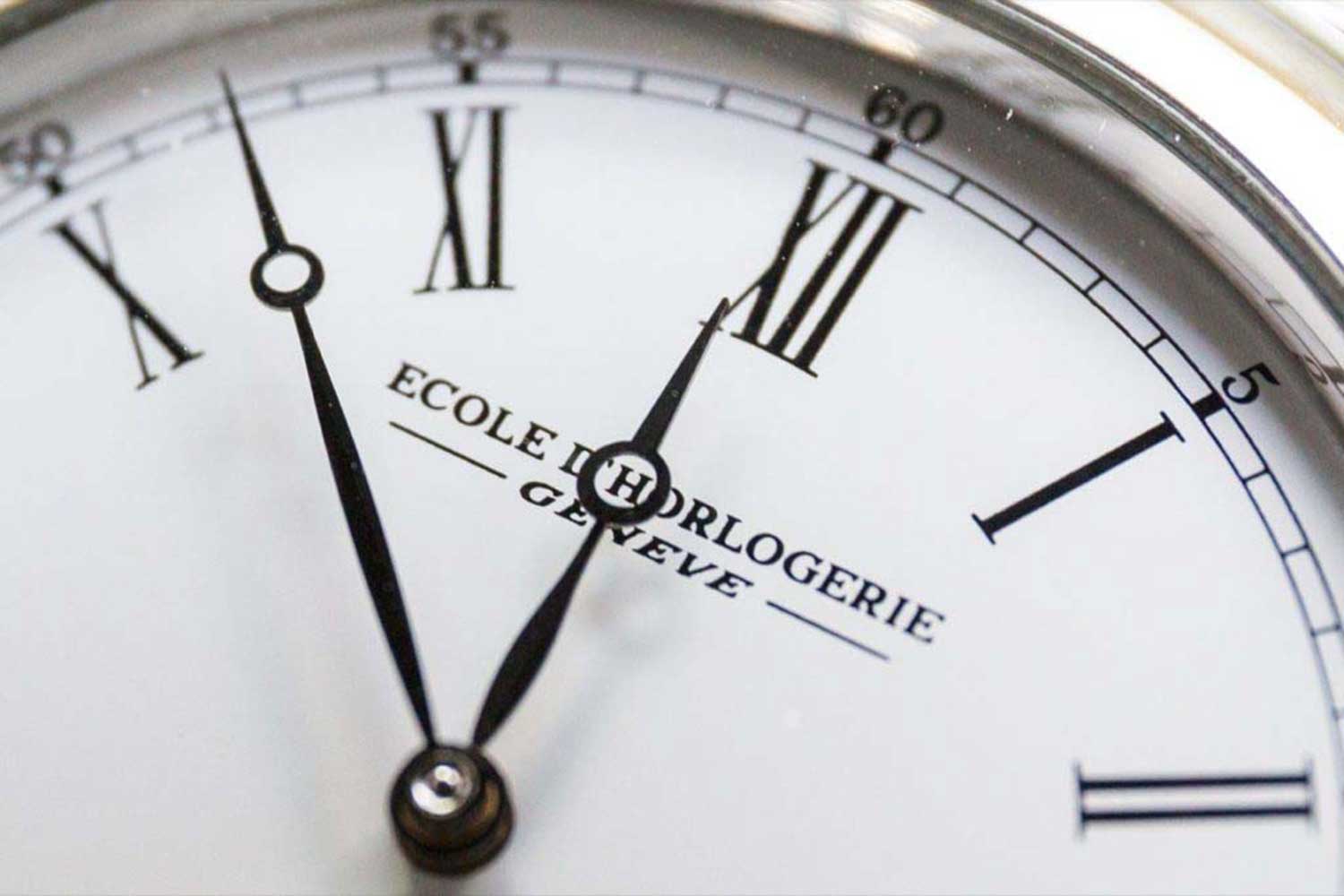Switzerland’s oldest watchmaking school has inaugurated its new premises, just in time to celebrate its bicentenary in 2024.
The Swiss watch industry doesn’t lack any financial resources to invest in production facilities. What is dearly missing, though, is a qualified workforce. It is estimated that by 2028, we will be facing a manpower shortage to fill 4,000 jobs — on top of an existing workforce of currently 60,000 people — to address the ever-growing demand from the manufactures.
Even though it is a “happy” problem to address, we will need more of the initiatives such as the one announced recently by Rolex on its building of a new factory in Bulle, far away from the dried-out workforce reservoirs around the Swiss-French borders. Rolex plans to create 2,000 jobs within the next decade.
Even though I predict a decline of the industry’s activities in 2024, triggered by a negative macro-economical worldwide environment, we need to plan at least one decade forward. After a record 2023 and a slight minus in 2024, which nevertheless will still range amongst the best years the industry has ever had, we can expect the end of this decade to be the next run for record sales.
Going forward, it is critical to have a greater pool of trained and qualified people in the industry and any initiative going in this direction is to be celebrated.
Reviving a Two-Centuries Old Institution
Last week, Switzerland’s oldest watchmaking school inaugurated its new premises, just in time to celebrate its bicentenary in 2024. The premises are modern and magnificent, and above all, they are conducive to exchanges and cross-disciplinary learning between the different disciplines of micro-engineering, watchmaking and quality control.
More than 300 young people will be able to come to the site to be trained in the professions that the watchmaking industry so desperately needs. However, with around 50 watchmakers in each intake — in addition to the other courses — it will be difficult to meet the needs of an industry with a growing appetite for skilled talent.
All these young and promising trainees will follow the path of their predecessors who later became legends of the industry, such as Laurent Ferrier who graduated in 1968, Franck Muller, Antoine Preziuso and many others.
The premises are ideally located in the heart of one of the canton of Geneva’s two watchmaking hubs, Plan-les-Ouates, with renowned manufacturers such as Patek Philippe, Vacheron Constantin, Piaget, Rolex and many others just around the corner.
The Wilsdorf Foundation will once again play the role of patron, supporting a government initiative to promote and create jobs in a sector of activity that is important for the Swiss economy.
As the outgoing president of the Federation of the Swiss watch industry FH, Mr. Jean-Daniel Pasche, who was present at the inauguration of the new premises, pointed out that if we want to maintain our global leadership in luxury watches, we need to invest in the future.
And these young watchmakers, micro-mechanics, technicians and quality specialists are the breeding ground for growth and the perpetuation of a five-centuries-old watchmaking tradition.
The partnerships between the manufactures and the school also include the dual career path, which enables a young person to join a company and follow theoretical training at the watchmaking school.
Modern Training, Centuries-Old Know-How
The school has both a laboratory with 3D printers for rapidly prototyping a new idea, and a laboratory for analyzing materials. Students learn to work with machines (e.g. five-axis machining centers) and instruments that they will find in the companies they join once they have completed their training.
Notwithstanding those who complain that traditional skills are disappearing, in particular the finishing and decoration of movement components, the school teaches the skills needed for block polishing, chamfering, Côtes de Genève and mat de Genève. And the famous tradition of the school watch is maintained with a magnificent pocket watch movement whose gear train and regulating organ are supplied by Chopard’s L.U.C. manufacture, with everything else being executed by the apprentices themselves.
Needless to say, this school watch, or montre d’école, is complying with the stringent quality standards of the Poinçon de Genève. The patronage by Chopard represents another fine and useful partnership between a watch manufacturer and the institution that will supply its future watchmakers.
The various training courses offer a plethora of opportunities for young people and should meet the expectations of the manufactures, whether for complete watchmakers, production watchmakers, polishers or operators.
A Changing Industry with Growing Needs
How can an industry that is becoming increasingly premium (the average price of a Swiss watch has risen fivefold in 20 years) while at the same time producing fewer and fewer watches (currently 47 percent fewer watches are exported than in 2000), have growing labor needs? The explanation lies in the increasing complexity of watches as there are more mechanical movements with complications. Above all, more watch companies are invested in the race for the grail of the “manufacture’s seal.”
By demutualizing the means of production (everyone produces for their own needs), we have increased the need for manpower, which is contrary to the watchmaking tradition of the past, but in line with the trend in the luxury industry for “in-house” and “Swiss-made” movements.
Revolution would like to extend our heartfelt congratulations to all involved in this endeavor, especially the ForPro Foundation, which managed this project. We would also like to offer our eternal gratitude to the inspirational director of the Geneva Watchmaking School, Mr. Pierre Amstutz, who died suddenly just two weeks before being able to attend the official inauguration of this beautiful showcase.
